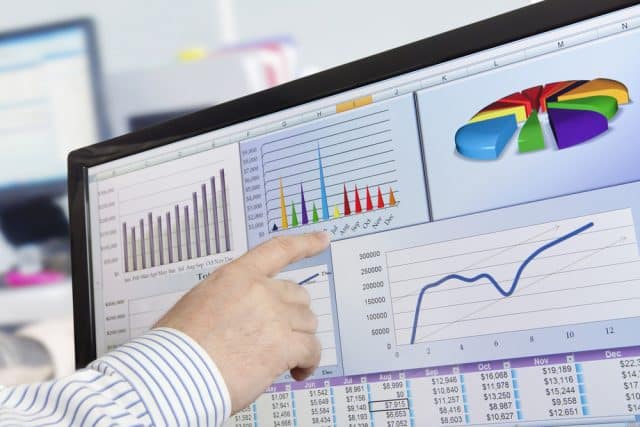How analytics can boost the supply chain [Q&A]

Whether you're building software or building cars, all businesses rely on some sort of supply chain. For the business to run smoothly the supply chain needs to be as efficient as possible.
We spoke to Fabio Pascali, regional vice president of Cloudera, to find out more about how analytics can contribute to making the supply chain work more efficiently.
BN: How is business intelligence currently exploited in the supply chain?
FP: Supply chains lend themselves well to business intelligence (BI) as it can enhance processes such as stock optimization, demand forecasting and distribution network optimization, which are crucial to the success of any manufacturing company.
However, BI alone can only offer useful insight when it's applied to historical, non-complex data. When it's presented with the more sophisticated data that exists in today's highly dynamic and critical markets, it struggles to generate valuable intel.
Also, we often see siloed approaches to BI, with data and applications specifically dedicated to logistics, production or procurement, rather than a holistic, one-for-all solution. This makes it difficult to utilize data from both internal and external sources, which is crucial when you need a broad overview across the entire supply chain.
This is why BI must be combined with advanced data analytics to enable business analytics.
BN: What are the benefits of a more widespread adoption of the data analytics for supply chains?
FP: Companies need to have accurate and real-time information in today's complex and dynamic supply chains. Over time, the supply chain has come to rely on a series of complex and varied sources of data, including the addition of new suppliers in the market, the geolocation of production and distribution, access to raw materials and resources and much more. Not to mention the demand-related forces that impact supply chains.
If global demand suddenly changes, the impact must be analyzed, processed, and actioned rapidly to enable supply chains to adapt to external forces and remain resilient. For example, the current energy crisis and rise in inflation have created turbulence in markets and had a huge impact on consumer demand. In response, companies need solutions that are able to continuously capture and analyze data from a wide variety of sources and drive value. This enables them to act quickly and adjust production levels, assess current stock, and make changes to distribution processes in order to contain costs.
This can only be achieved by adopting a holistic, data-driven strategy. Companies in the space must deploy a data platform that enables them to analyze these various forms of structured and unstructured data in real-time to offer actionable insight.
They should also consolidate data in a 'lakehouse', which merges the benefits of a traditional data warehouse with a data lake. This gives both BI teams and data scientists access to data and enables them to apply machine learning (ML) and AI to extract value to drive business efficiencies.
BN: What are the benefits of a more widespread adoption of the latest analytics tools?
FP: Advanced analytics offers a number of advantages in the supply chain sector, particularly when interpreting an ever-expanding pool of data. This data is increasingly complex, and companies must be able to analyze it as soon it becomes available, otherwise it starts to lose value. This real-time analysis will enable companies to create digital pipelines of events as they happen, link them together and define actions in response.
BN: By exploiting newer technologies such as artificial intelligence or IoT, is it possible to solve the issues experienced across supply chains in recent years and avoid a repetition of similar situations?
FP: Innovations in technology certainly help companies to gain more accurate data to make faster decisions. For example, IoT allows organizations to harness data remotely, from anywhere in the supply chain. By feeding this intel into a data platform and removing data silos, ML and AI algorithms have the ability to process these huge sets of rich data, generating highly accurate results that can be used to navigate even the most complex situations.
BN: What's a practical application of business analytics in the supply chain?
FP: A great use case for business analytics in the supply chain is logistics optimization, as it really demonstrates how the real-time processing of information can drive value. Depending on routes, traffic, weather, and other parameters such as load capacity, changes might need to be made to logistics processes. By tying in data from this range of sources together with business analytics, distribution can be optimized in real-time.
This has a huge impact on making supply chains more resilient as companies can not only react to changes faster, but proactively plan for variations, which ultimately helps to reduce delivery time.
Image credit: ml12nan/depositphotos.com
